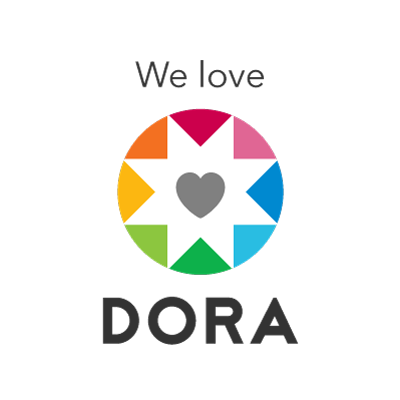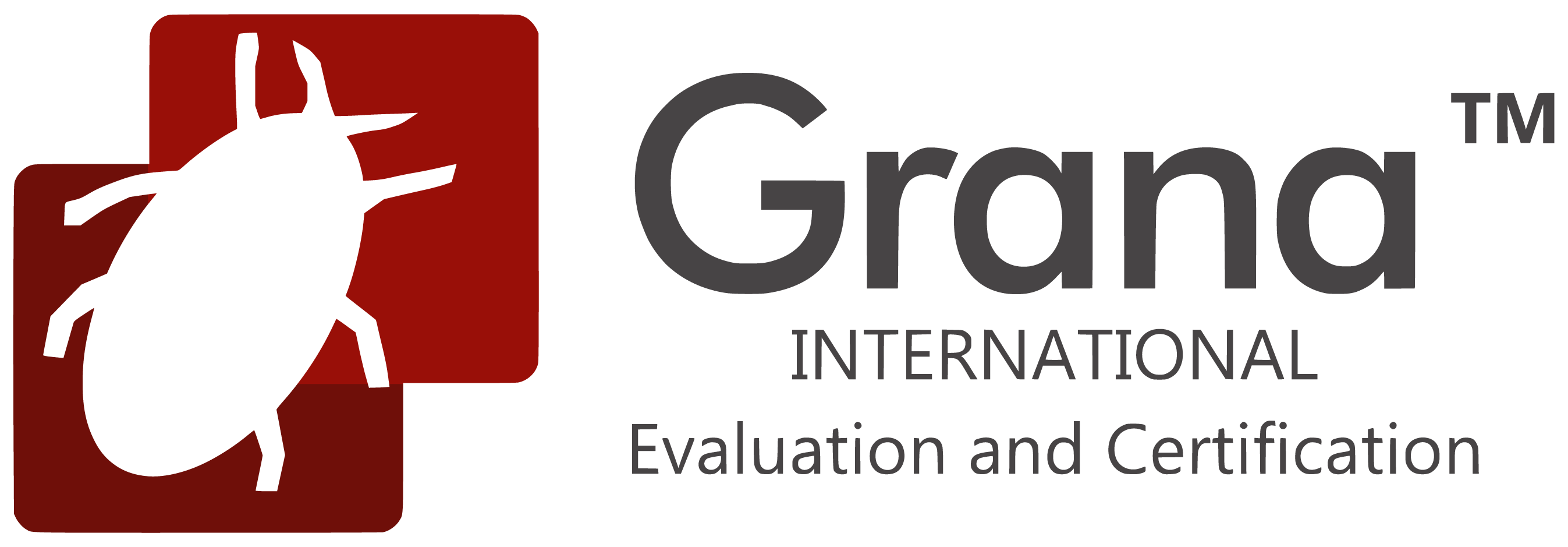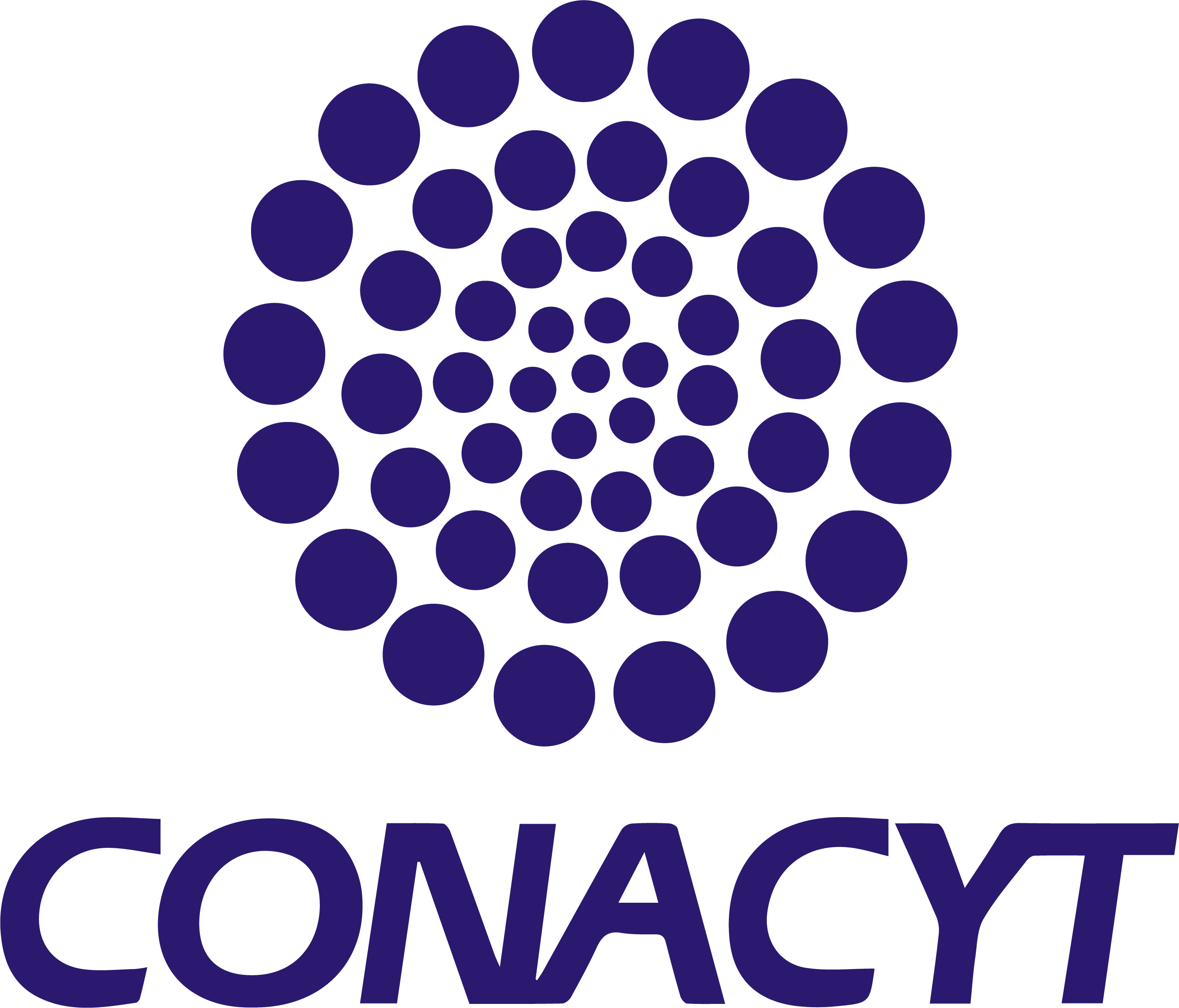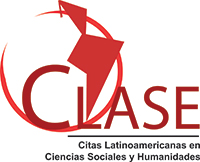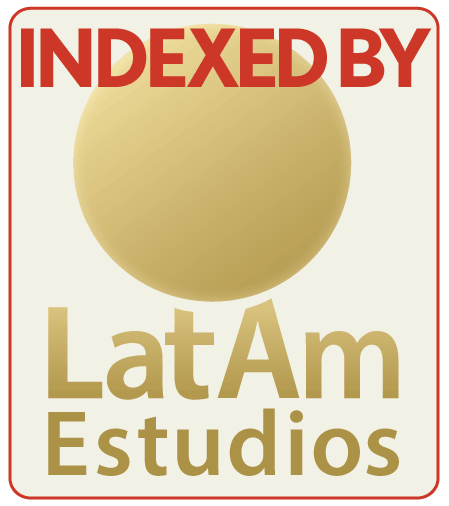Videoconferencing as a digital tool for collaborative work in higher education
Abstract
Through this paper I want to delve into the evolution of videoconferencing tools, their characteristics, pedagogical use, their etiquette, advantages and disadvantages. I especially want to highlight the Microsoft Skype, zoom, Google Meet and Cisco Webex tools. Describe the experience of its use at the undergraduate level, for technology classes in the economic-administrative area of a Public University of the State of Jalisco. In its features, review the option to record the session, establish a virtual background, screen sharing and the chat room, and schedule sessions. As well as recommending tools for recording tutorials and changing the avatar and background. The suggested use was one hour of feedback and dialogue of generating questions (theory) and another hour of collaborative exercises in OneDrive and other internet services, where students demonstrate their skills after having seen their own video tutorials and YouTube. The recommendation to enter with the camcorder on and the microphone off. Technical difficulties and how to reduce them. Recommendations to avoid zoombombing, Experience on the duration of the session and the spacing in them.
Downloads

This work is licensed under a Creative Commons Attribution 4.0 International License.
In order to promote the development and dissemination of research in education in Latin America, the Ibero-American Journal for Educational Research and Development (RIDE) adhered to the Budapest Open Access Initiative, which is why it is identified as a Open access publication. This means that any user can read the complete text of the articles, print them, download them, copy them, link them, distribute them and use the contents for other purposes. Creative Cummons licenses allow users to specify the rights to use an open access journal available on the Internet in such a way that users know the rules of publication. Authors who publish in this journal accept the following conditions: Authors they keep the author's rights and give the magazine the right of the first publication, with the work registered with the attribution license of Creative Commons, which allows third parties to use the published material whenever they mention the authorship of the work and the first publication in this The authors can make other independent and additional contractual agreements for the non-exclusive distribution of the version of the article published in this journal (eg, include it in an institutional repository or publish it in a book) as long as they clearly indicate that The work was published for the first time in this magazine. Authors are allowed and recommended to publish their work. low on the Internet (for example on institutional or personal pages) before and during the review and publication process, as it can lead to productive exchanges and to a greater and faster dissemination of the published work

